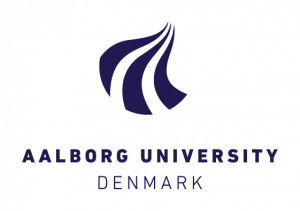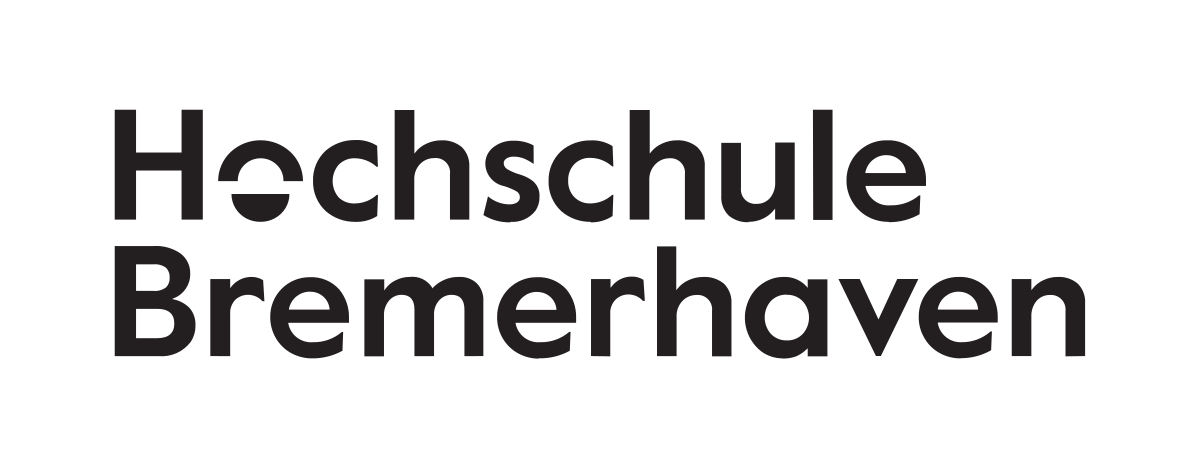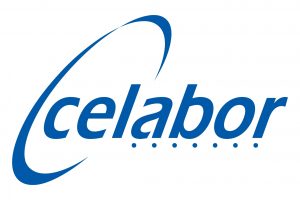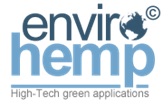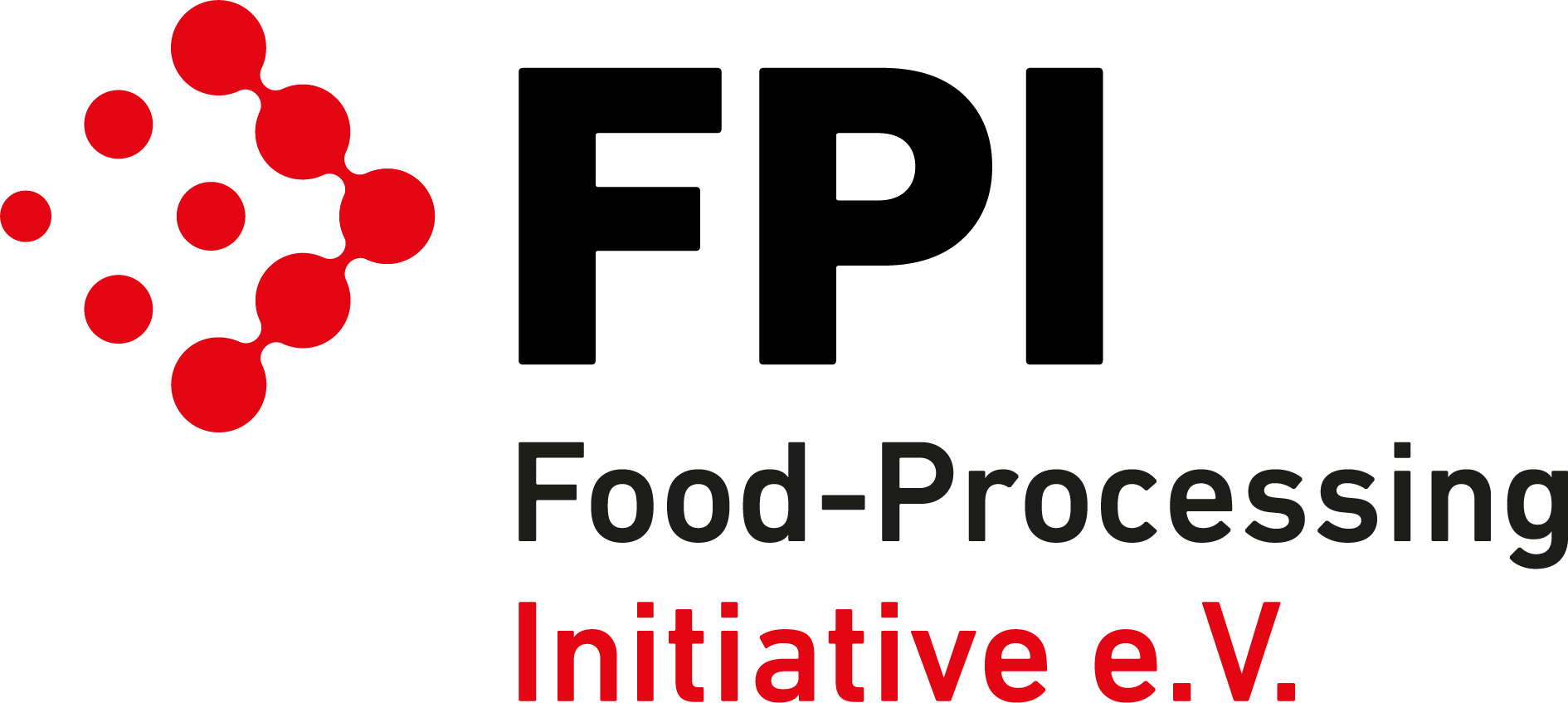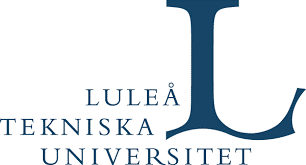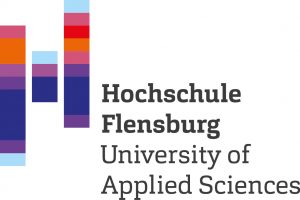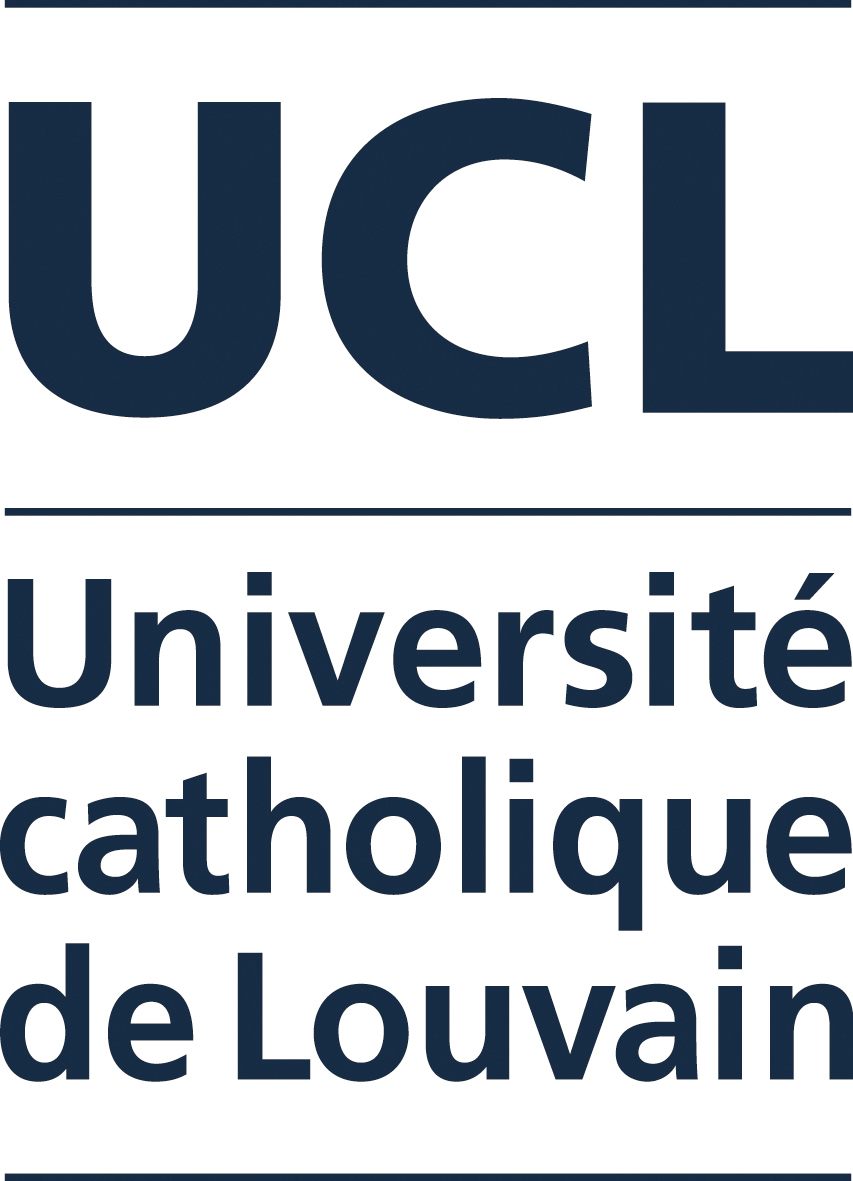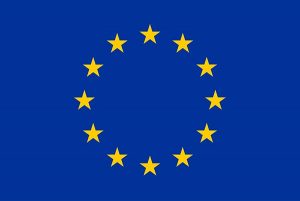Green fractionation and protein production from non-food succulent biomass of Salicornia
Centrifugation turned out as the best method to concentrate the nutrients from non-food succulent biomass of Salicornia. The resulting protein-enriched fraction can be included in the regular diet of fish.
Growing Salicornia for food production in un- or underutilized land flooded with seawater can be very rewarding. As a farmer, growing Salicornia means you are future proof, ready for an everchanging climate and rising sea levels. However only about 30 wt% of the Salicornia plant is suitable to eat and the remaining plant cannot be used in traditional means because of the high amounts of salt in the plant. Nonetheless it is crucial that one finds a way to use these leftovers to improve the economic viability. As discovered in this project, the leftover plant mass still has a lot of interesting possibilities as it contains proteins, sugars and other components that are easily extracted and could provide additional revenue after the harvest. A simple but effective method for the extraction of a protein-enriched fraction has been developed. Practically we start by extracting juice from Salicornia. This juice contains many nutrients but still has a lot of salt. The best way to concentrate the nutrients and reduce salt is by centrifugation. This is a process where we exert a force on a liquid by spinning it. This causes chunks full of proteins to separate from the liquid and sink to the bottom. After spinning the liquid is removed together with the salt. The solid chunk on the bottom can then be dried. Using this method, we have already processed more than 300 kg of Salicornia. Currently feeding trials are on their way to investigate the health effects of this Salicornia fraction when it is included in the regular diet of fish. We have reasons to believe that it might not only feed the farmed fish, but also provide them with protection against certain diseases, potentially reducing the need for antibiotics during their cultivation
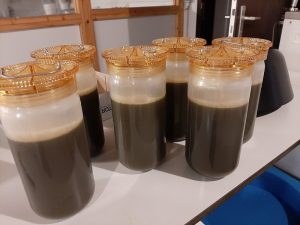
Contact:

Iwona Cybulska
Université catholique de Louvain, Belgium
iwona.cybulska@uclouvain.be
Acknowledgement
This project has received funding from the European Union’s Horizon 2020 research and innovation programme under Grant Agreement No 862834. Any results of this project reflects only this consortium’s view and the European Commission is not responsible for any use that may be made of the information it contains.


